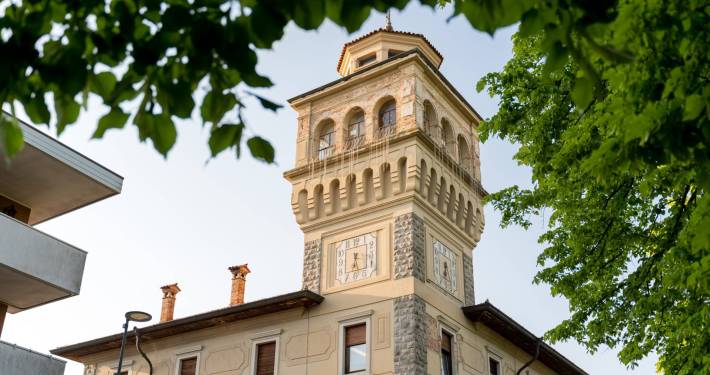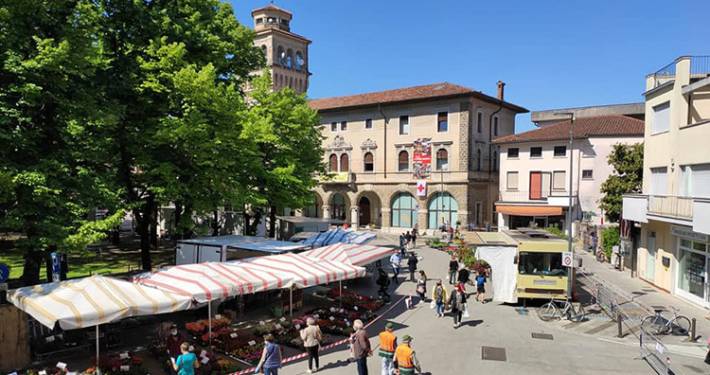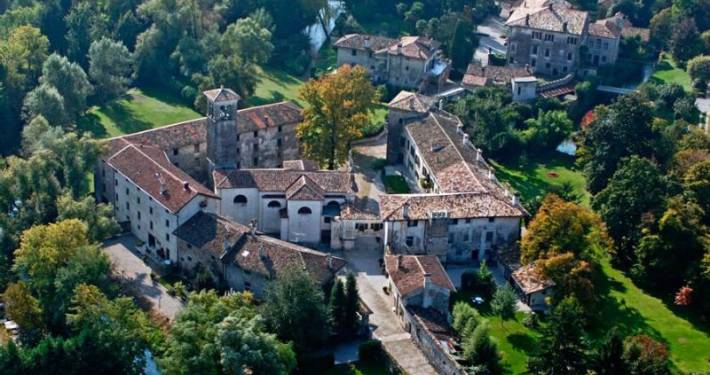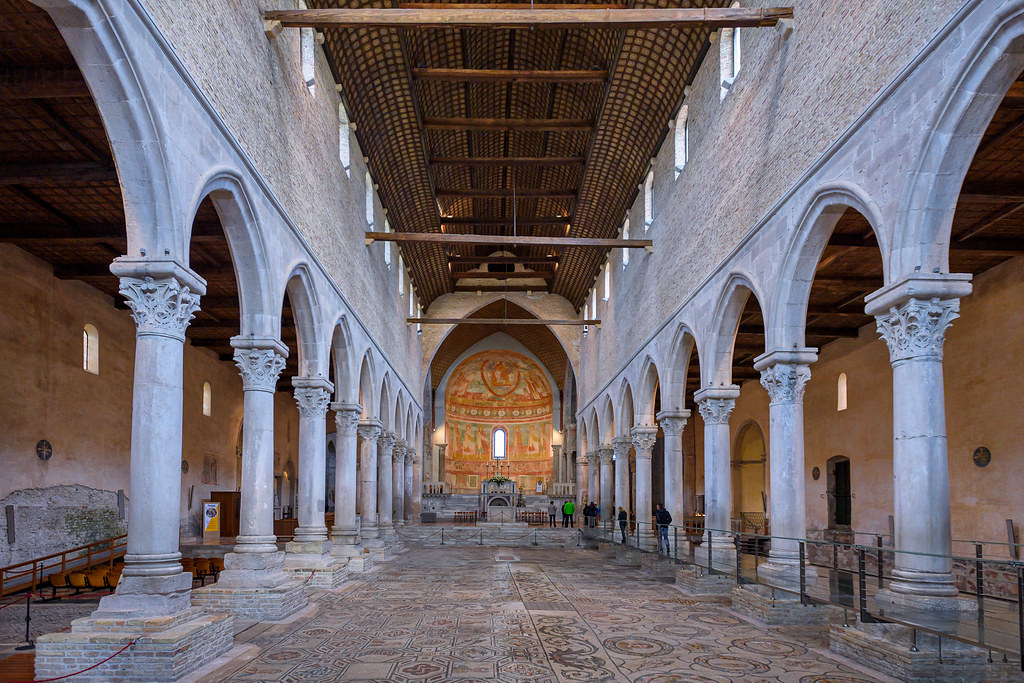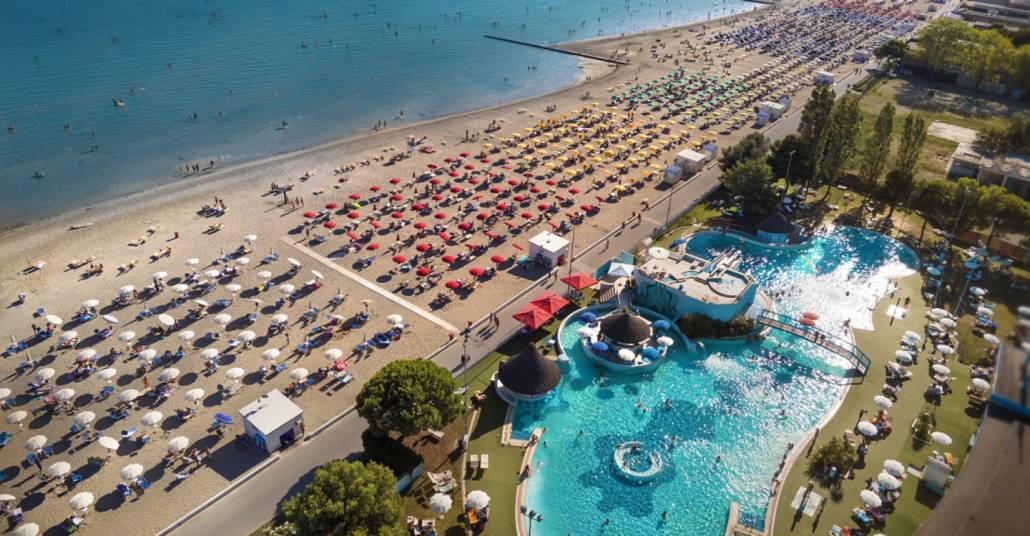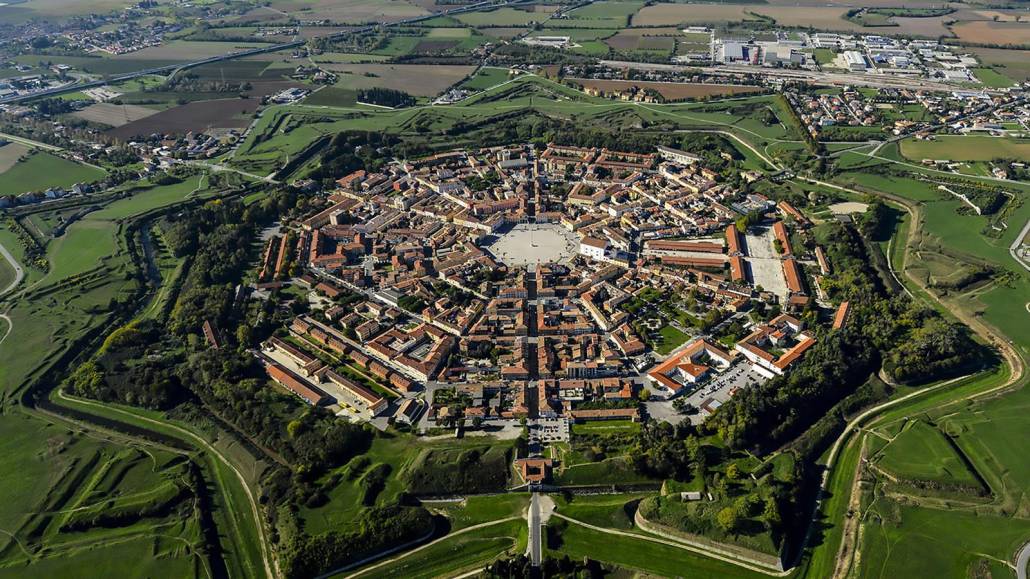TO VISIT
Cervignano, is the largest town of the lower Friuli and natural crossroads between Italy, Austria and Eastern countries with a very large railway interchange center.
To visit:
Villa Chiozza, the residence of the scientist and entrepreneur from Trieste Luigi Chiozza, who transformed the land surrounding the estate, into a vast 22 hectares English-style botanical park.
Borgo di Strassoldo: a suggestive example of an ancient medieval village, extremely well preserved and of rare charm.
COLLIO
Collio is that “DOC”area with a Controlled Designation of Origin that extends through the northern hilly belt of Gorizia province, close to the state border with Slovenia, which includes about 1,400 hectares of specialized vineyards.
The ideal soil for viticulture has favored since ancient times the cultivation of grapevine, introduced in the area already in pre-Roman times and subsequently spread in the times of the ancient Roman Empire.
Known and sought-after Wines from immemorial time in the ancient courts of Europe, and particularly at the ancient courts of the Serenissima Republic and at the Habsburg imperial court that fought over these districts for a long time.
Modern viticulture was born in Collio in the second half of the last century, with the introduction of valuable varieties of French and German wine grapes, which replaced some old local vines of lesser interest.
A decisive step for the viticulture of Collio is represented by the Decree of the President of the Republic of 24 May 1968 which recognize the designation of controlled origin of these wines.
ISONZO
Isonzo “Esos“, the god of Trade, is the name of celtic river Isonzo dominating the guaranteed quality area of those wines produced along the region it wets.
The Isonzo guaranteed quality area is composed of a ground zone, of about 1.000 hectares of vine-yards, that extends itself to the south of the hilly area between Karst and Judrio.
Isonzo is actually the major maker of the geological conformation of this land.
The vine-growing tradition around the guaranteed quality Isonzo area started out with the foundation of Aquileia and the Friulian hinterland colonization.
It is said that the first inhabitants of this countryside, the Venetians, a population who made a living working on the land, imported the vine from Greece, increasing the trade of products grown on their lands.
AQUILEIA
Ancient city of the Roman Empire and later seat of the powerful Patriarchate from which the city took its name. The Patriarchate of Aquileia was one of the most important religious and political entities of the Middle Ages.
Aquileia preserves an important archaeological area bearing fitness to the glorious past, such as the floor mosaics and other valuable remains of the Roman and early Christian ages. The largest and best known mosaic is that of the Basilica of S. Maria Assunta dating back to the fourth century.
Aquileia is a UNESCO site since 1998.
GRADO
Elegant seaside town with a historic center with Venetian charm that reveals itself between campielli and alleys overlooked by the picturesque fishermen’s houses. Important tourist and thermal center, also known as the Island of the Sun, for its 10 km of coastline facing entirely south, never in the shade.
Grado Island is one of the oldest tourist resorts in the Upper Adriatic. Once part of the dominion of the Austro-Hungarian Empire, Grado was appreciated by the Habsburg aristocracy that, since the nineteenth century, reached the island for its baths and the valuable Sea Baths. In 1892 the Emperor Franz Joseph proclaimed Grado “Station of care and stay”, thus starting a success story that still lasts today.
PALMANOVA
Fortress city founded by the Republic of Venice in 1593 and called the “starry city” for its polygonal star plan with 9 points. Preserved in extraordinary conditions, since 1960 it is a national monument and in 2017 it became part of the UNESCO World Heritage.
Palmanova is both a model of the Renaissance city and an example of architecture. The Piazza Grande, a vast square of arms located exactly in the center of the fortress, houses the permanent exhibition “Tools and artificial machines to build the fortress of Palma” that reproduces life-size some of the machines used for the building of the town.


